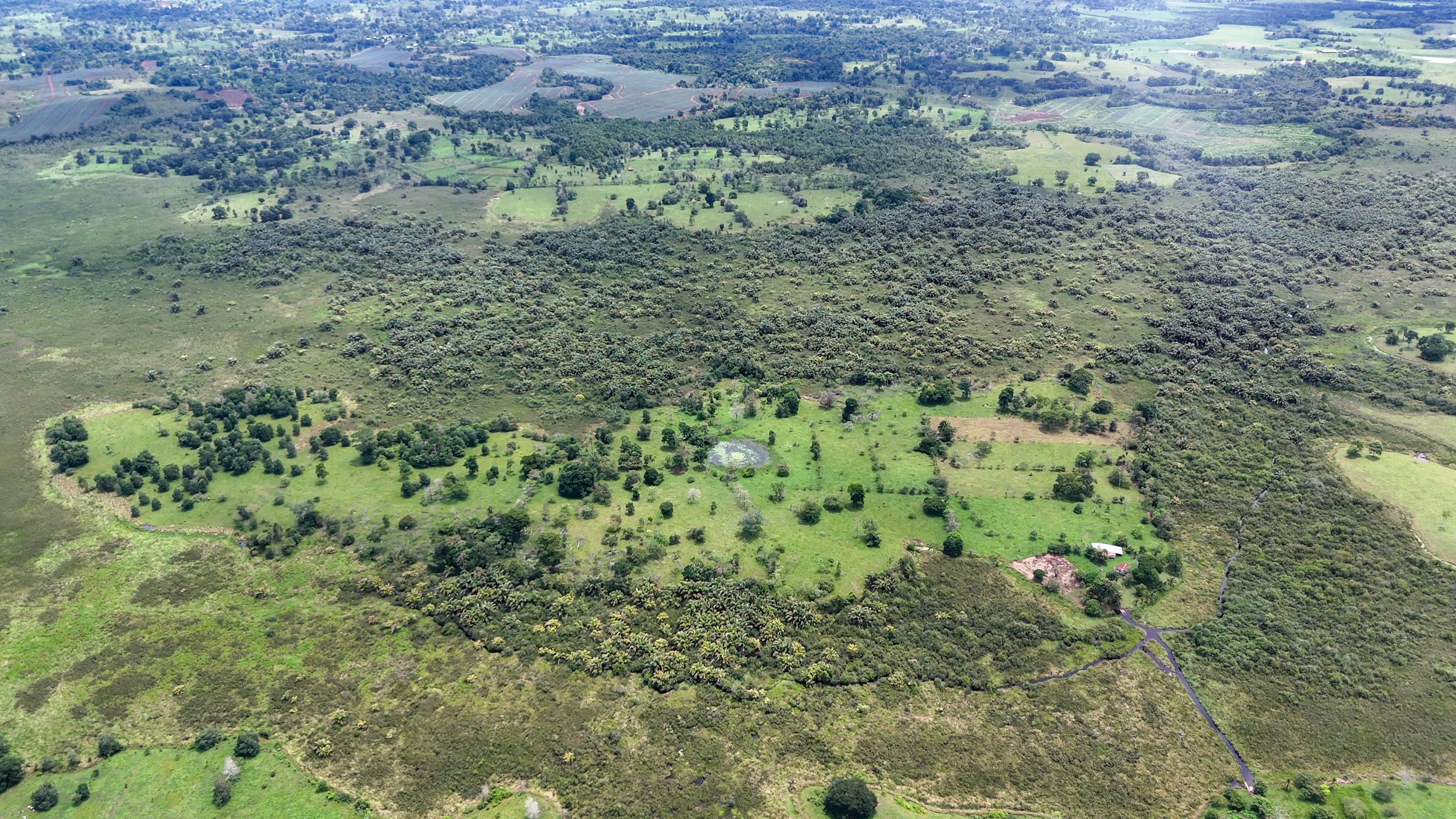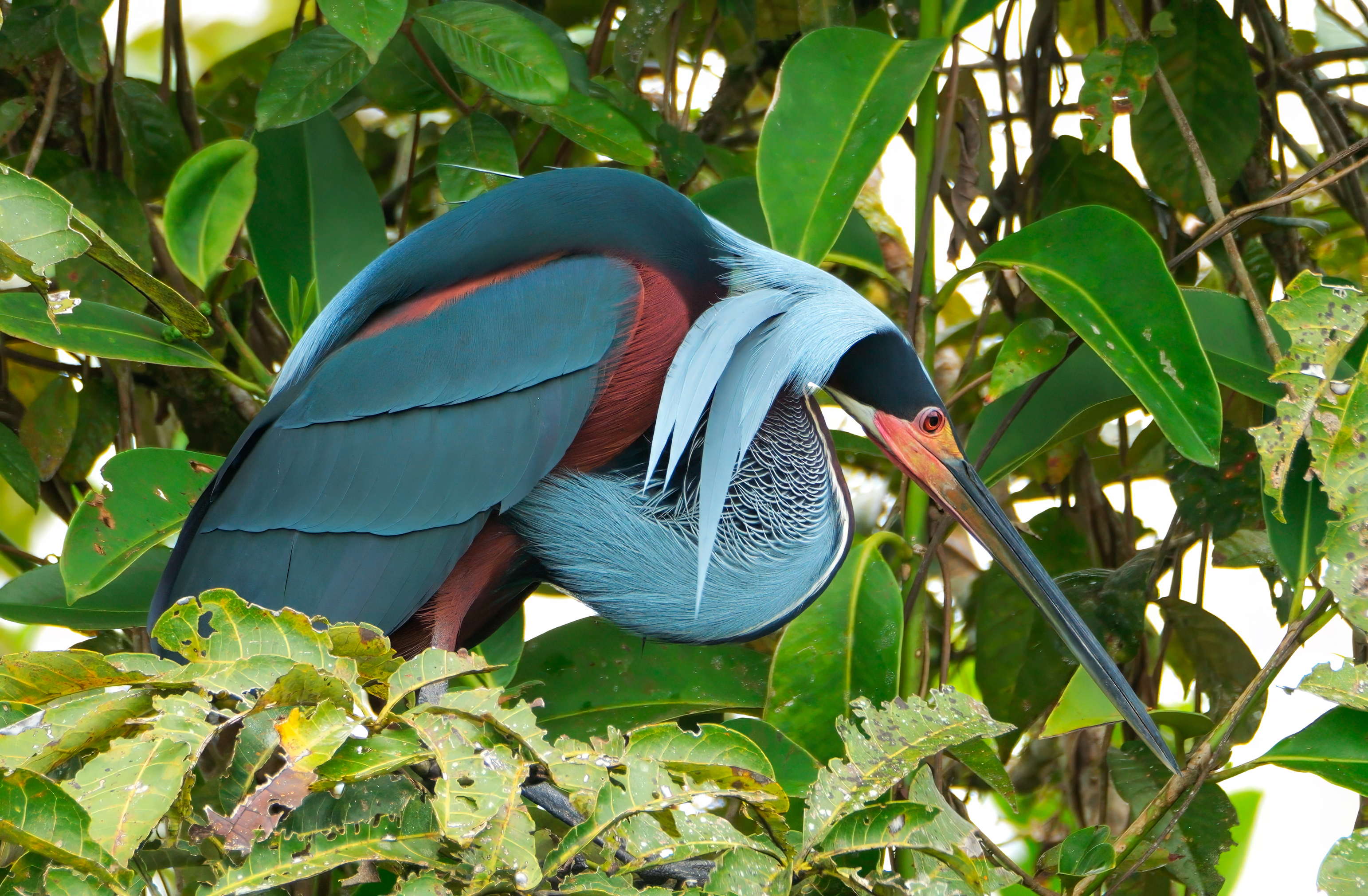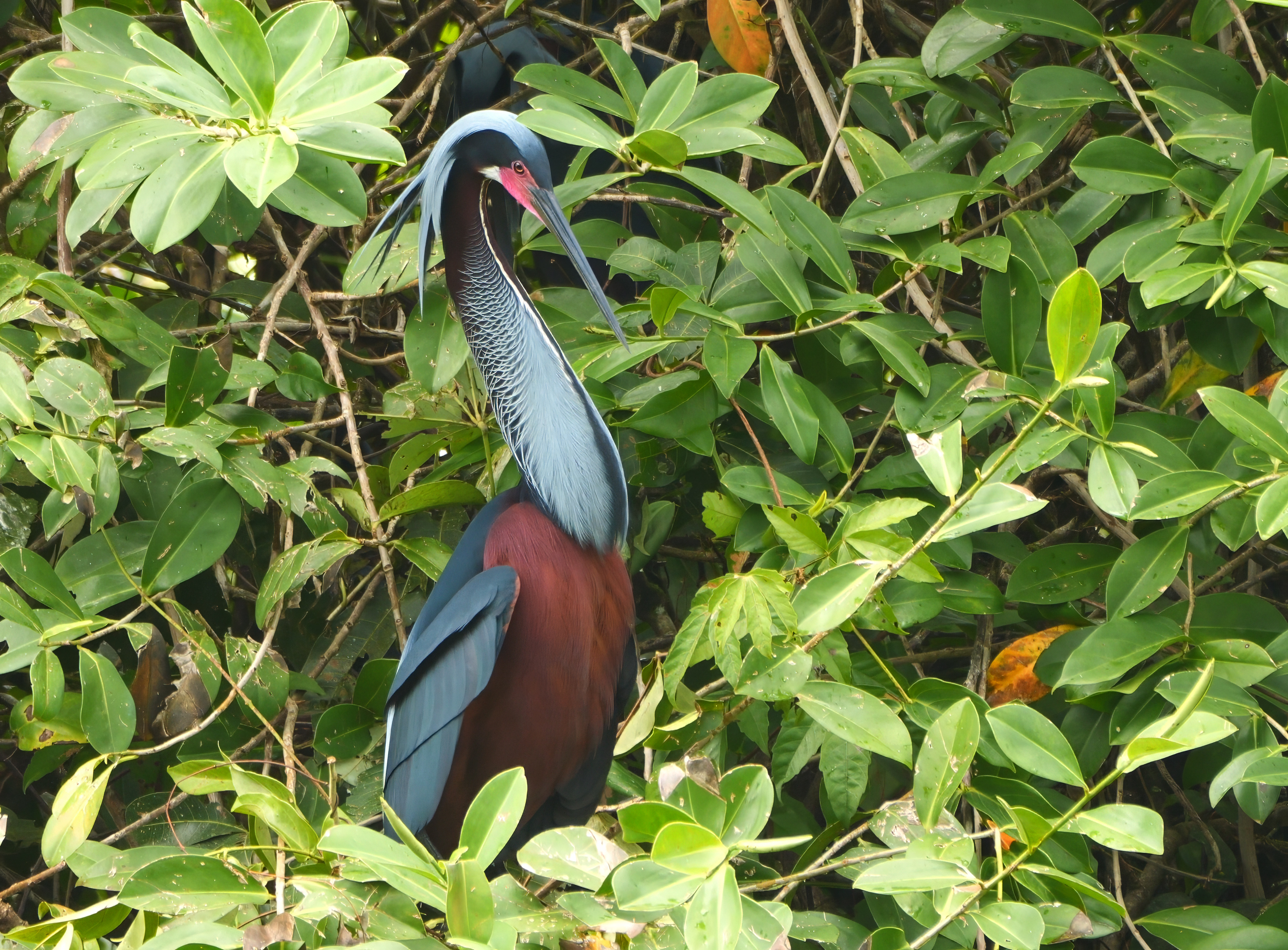
Reforestation Program
Restoring Native Forests
Transforming pastureland back into the lush native forests that existed hundreds of years ago

Restoring Native Forests
Transforming pastureland back into the lush native forests that existed hundreds of years ago
Bringing back the native forests of Agami Island
In February 2026, Agami Island Nature Reserve will begin an ambitious transformation that will restore the property to its natural state. Currently operating as a cattle ranch, the property will undergo a comprehensive reforestation program designed to recreate the native forests that once covered this area hundreds of years ago.
This restoration project represents more than just planting trees – it's about rebuilding entire ecosystems, improving water quality, and creating vital habitat for the diverse wildlife that calls this region home. The reforestation will serve multiple ecological functions while providing visitors with the opportunity to witness nature's remarkable ability to heal and regenerate.
The program will be implemented in phases, allowing for careful monitoring and adaptation to ensure the success of each restoration stage. From the initial removal of cattle to the establishment of diverse native tree species, every step is designed to maximize ecological benefits and create a sustainable, thriving forest ecosystem.

The phased approach to restoring native forests
The cattle will be removed from the property, marking the beginning of the restoration process. This step eliminates grazing pressure and allows native vegetation to begin natural regeneration.
Comprehensive site assessment and preparation, including soil analysis, water flow mapping, and identification of existing native species that can serve as seed sources for natural regeneration.
First wave of native tree planting, focusing on pioneer species that can establish quickly and create the foundation for more complex forest ecosystems. Emphasis on species that provide food and shelter for wildlife.
Continued planting of diverse native species, including understory plants, shrubs, and ground cover. Implementation of water management systems to support forest growth and improve water quality.
Ongoing monitoring and maintenance as the forest ecosystem develops. Introduction of additional species as conditions become suitable, creating a multi-layered forest structure that mimics natural ecosystems.
The forest reaches a point where it becomes largely self-sustaining, with natural regeneration processes taking over. The ecosystem provides optimal habitat for wildlife and contributes to regional biodiversity.
How reforestation will transform the landscape and ecosystem
Native forests act as natural water filters, removing pollutants and sediments from runoff. The restored forest will improve water quality in nearby streams and wetlands, benefiting both wildlife and local communities.
The diverse forest structure will provide essential habitat for birds, mammals, reptiles, and amphibians. This includes food sources, nesting sites, and protection from predators and weather.
By restoring native plant communities, we'll support a wider range of species, including pollinators, seed dispersers, and other organisms that play crucial roles in ecosystem health.
Growing forests absorb carbon dioxide from the atmosphere, helping to mitigate climate change. The mature forest will become a significant carbon sink for the region.
Forests provide natural cooling through shade and evapotranspiration, creating more comfortable microclimates for both wildlife and visitors to the reserve.
Tree roots and forest floor vegetation will stabilize soil, preventing erosion and protecting water quality in nearby streams and wetlands.
The reforestation program will focus on restoring the native tree species that historically grew in this region. These species are specially selected for their ecological value and ability to support local wildlife.
Each species has been carefully selected for its role in the ecosystem, from providing food and shelter for wildlife to improving soil health and water quality. The combination of these species will create a resilient, self-sustaining forest ecosystem.

The reforestation program will directly benefit the Agami Heron and other wildlife by improving habitat quality and creating new opportunities for species to thrive in the restored ecosystem.
Improved water quality and increased fish populations will provide better hunting conditions for Agami Herons and other water birds.
The restored forest will provide additional nesting sites and protection for colonial nesting birds like the Agami Heron.
Songbirds, raptors, and migratory species will find food, shelter, and nesting sites in the diverse forest structure.
Monkeys, sloths, coatis, and other forest mammals will benefit from the restored habitat and food sources.

Engaging local communities in the restoration process
The reforestation program will actively involve local communities, creating opportunities for education, employment, and environmental stewardship. This collaborative approach ensures the long-term success of the restoration project.
School visits and educational workshops will teach local students about forest ecology, native species, and the importance of conservation.
Community members can participate in tree planting events, monitoring programs, and habitat restoration activities.
The reforestation program will create jobs for local residents in nursery management, planting, and forest maintenance.
Establishing a local nursery to grow native tree species, providing both employment and educational opportunities.
Witness the remarkable process of ecological restoration as Agami Island transforms from pastureland back into native forest. Your visit supports this important conservation work and helps fund the ongoing reforestation efforts. Join us in creating a legacy of environmental stewardship for future generations.